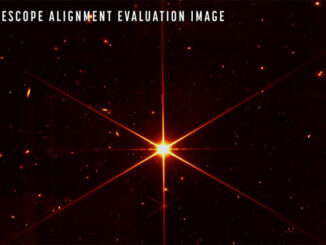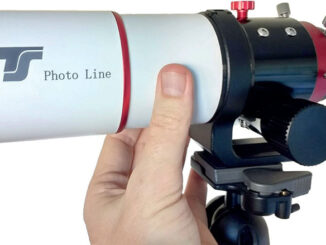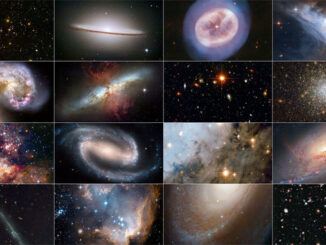
Month: March 2022

Equipment

News

Equipment

Equipment

Observing

Equipment

Observing

Observing

Equipment

Picture This
